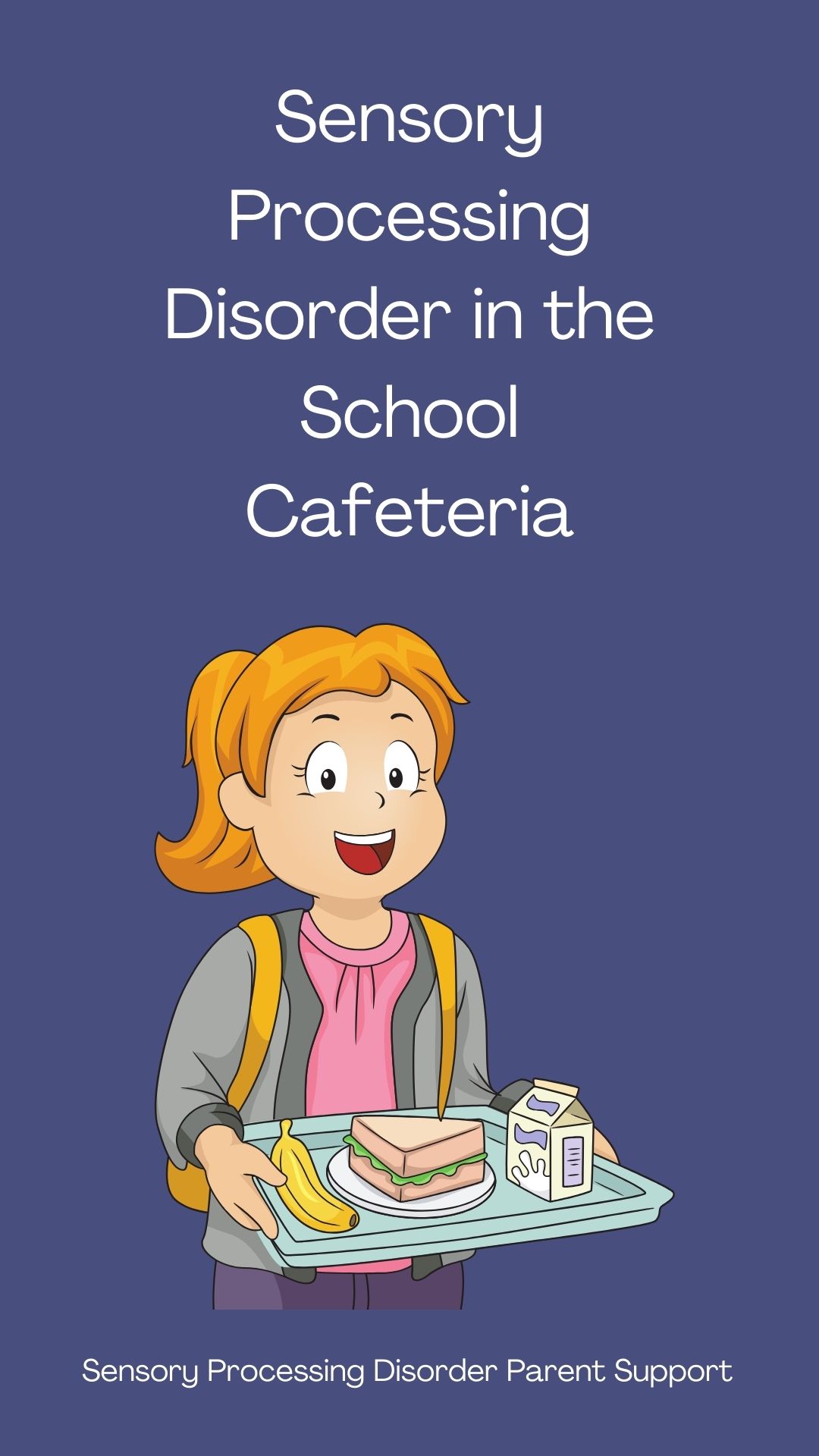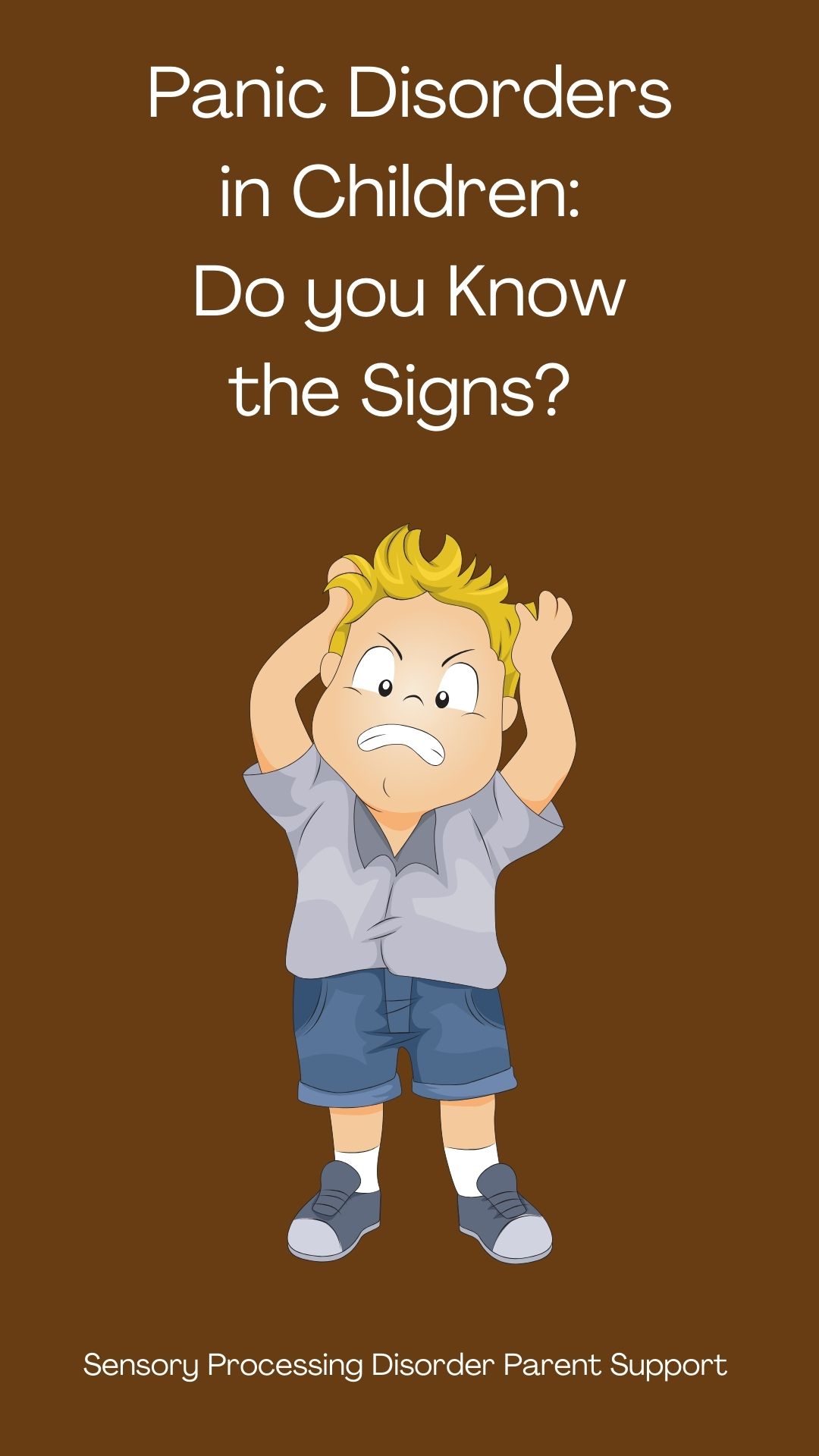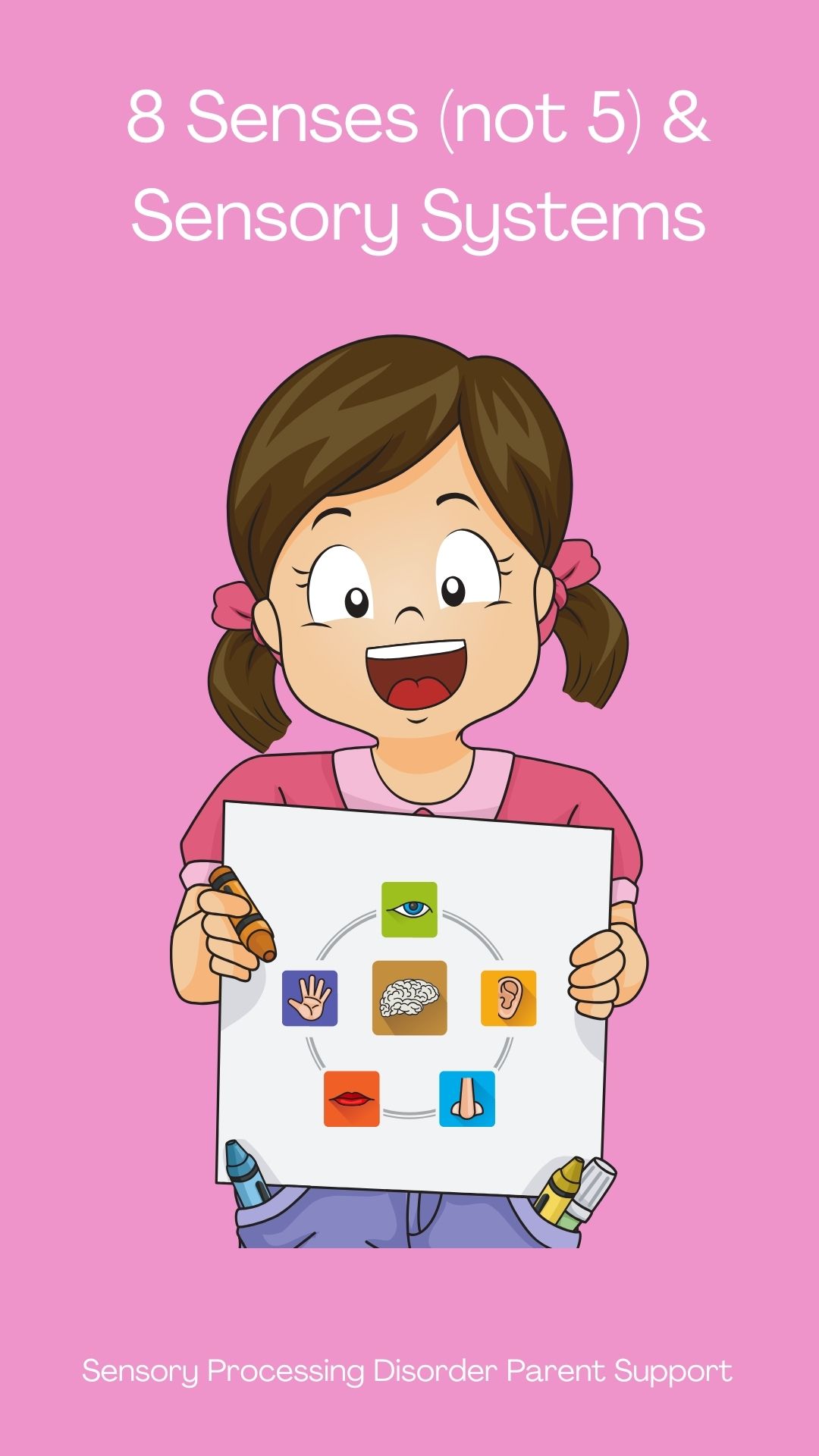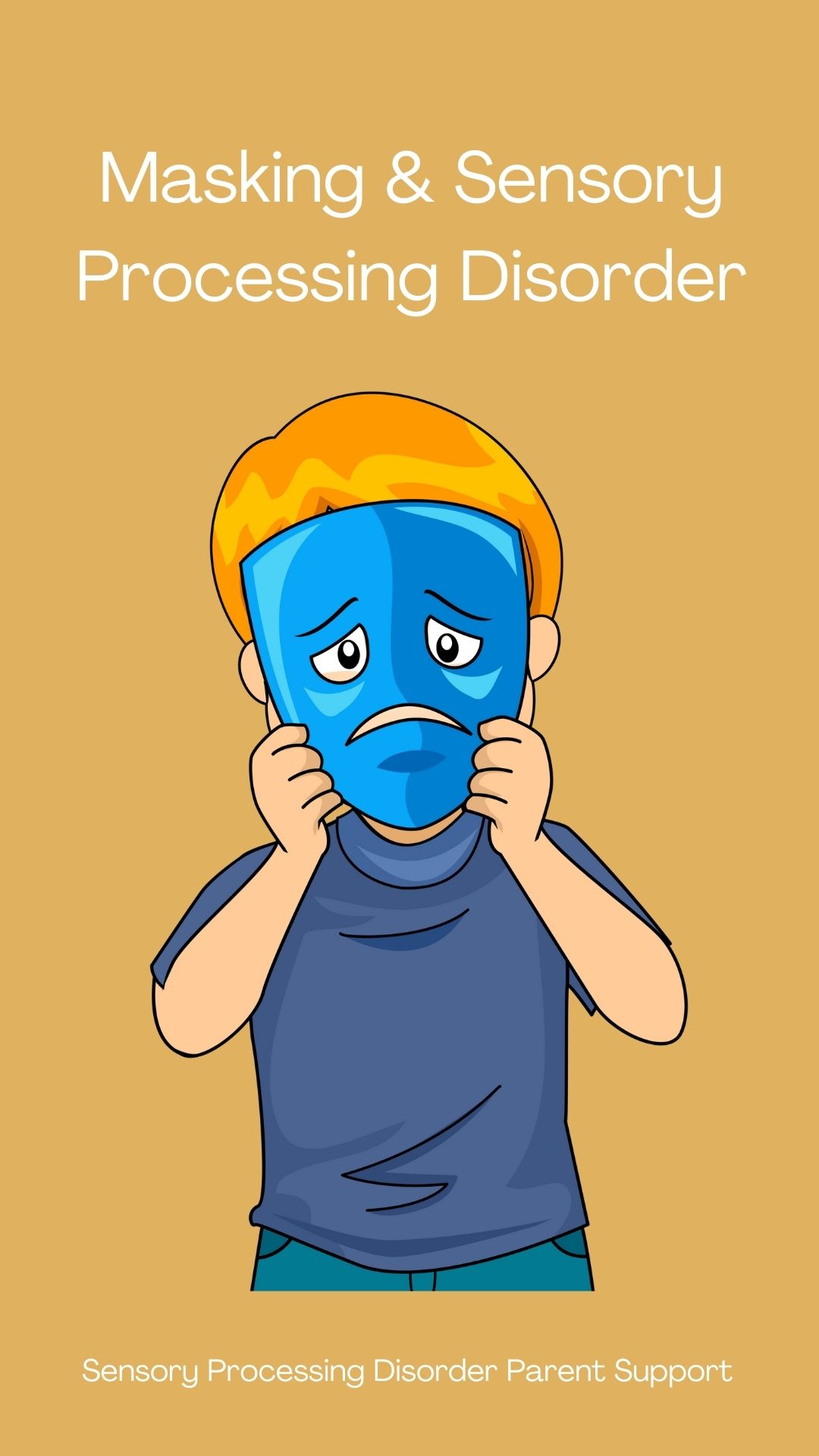
Sensory Processing Disorder Parent Support
Sensory Seeker, Sensory Avoider or Both?
Children with sensory differences ... painting the world beautiful.
Sensory Seeker, Sensory Avoider or Both?
Jeanette Loftus
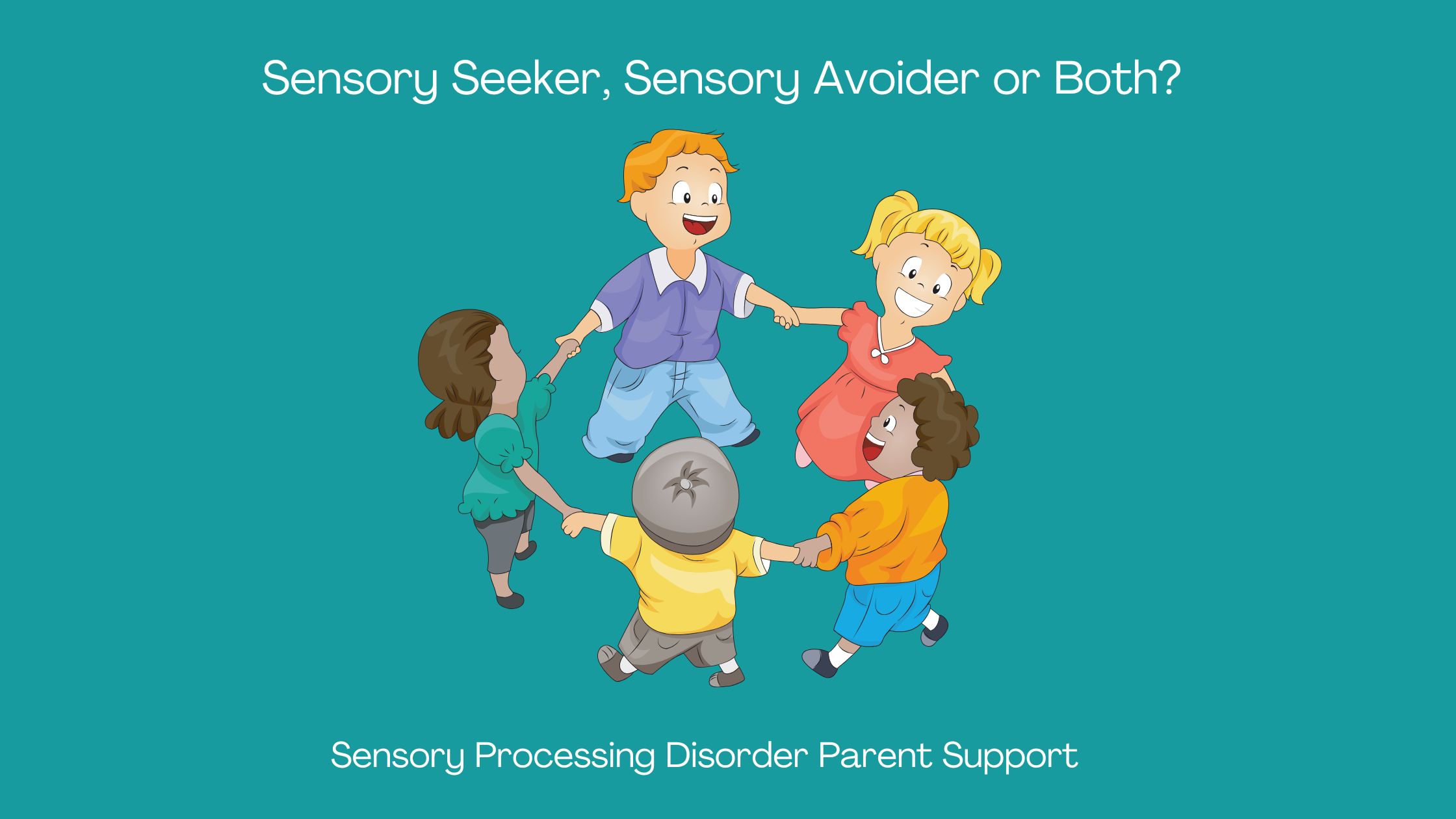
Children who have Sensory Processing Disorder are usually put into two different categories. They are a seeker, an avoider or both. A lot of parents ask if their child can be a seeker and an avoider? Yes, you can actually be an avoider and a seeker too. It's more common to be both than one or the other.
Hypersensitivity and hyposensitivity can be challenging for children who have sensory processing disorder.
Children who struggle with hypersensitivity may avoid activities and different environments because it is too overwhelming for them. They may also experience sensory meltdown from being too overwhelmed in overstimulating environments.
Children who experience challenges with hyposensitivity may participate in riskier behaviors because they don't feel the same level of fear or discomfort than others their age. Sensory seekers will not react to the environment around them like an avoider would. Sensory seekers crave and want the sensory input.
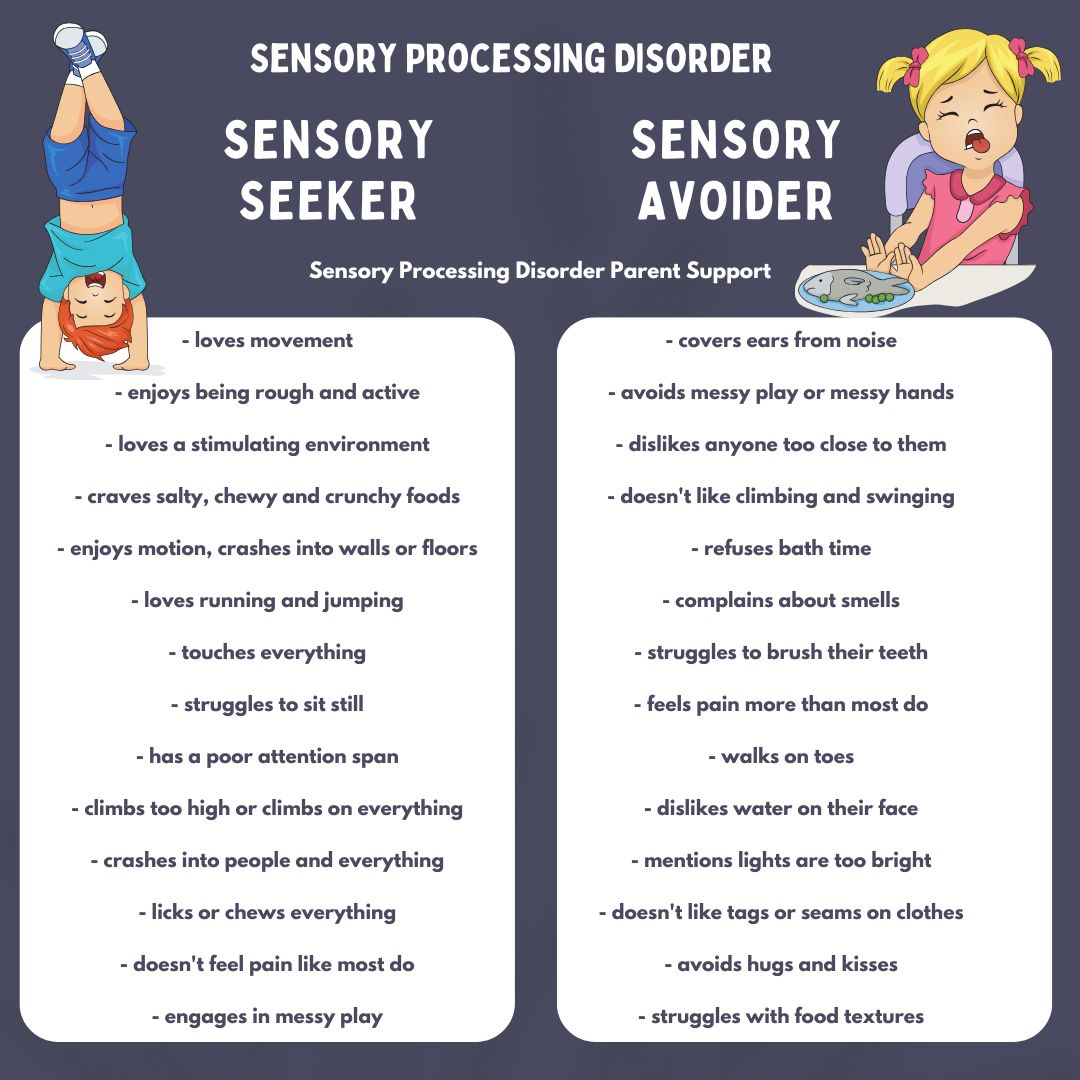
It is common for a child to be both hypersensitive and hyposensitive at the same time. This can also change for a child daily too. A child may be hypersensitive to tactile touch and struggle with the texture of their clothing fabric but they could be hyposensitive to proprioceptive input and need more rough play and sensory heavy work activities. Sensory needs are very different for each child.
Hypersensitive means that you are more sensitive (over-responsive) to sensory input than others. This could look like a child covering their ears because something in their environment is too loud for them. They tend to struggle with wearing different clothing, often not being able to wear clothes at all. Children who are hypersensitive as avoiders, they avoid different types of sensory input because they are more sensitive.
Hyposensitive is when a child is less sensitive (under-responsive) to input than others. This is when a child craves and needs more sensory input to be and feel regulated. A child who is hyposensitive is usually constantly moving, jumping, playing rough with others and spinning. Children who are hypersensitive are known as sensory seekers.
A child can be both hypersensitivity and hyposensitivity. A child can be hypersensitive to different sounds and hyposensitive to touching different things around them. When a child is both hypersensitive and hyposensitive it can be very challenging to accommodate a child's sensory needs.
Hypersensitivity and hyposensitivity can get better when a child goes to see an occupational therapist who is trained in sensory integration therapy. The occupational therapist would be exposing a child to sensory input to help them process the sensory input, respond to sensations and cope better. This will help a child be more comfortable with sensory input in their environment and reduce their avoidance behaviors.
Sensory Processing Disorder Seeker (hyposensitive)
- loves movement
- enjoys being rough and active
- loves a stimulating environment
- craves salty, chewy and crunchy foods
- enjoys motion, crashes into walls or floors
- loves running and jumping
- touches everything
- struggles to sit still
- has a poor attention span
- climbs too high or climbs on everything
- crashes into people and everything
- licks or chews everything
- doesn't feel pain like most do
- engages in messy play
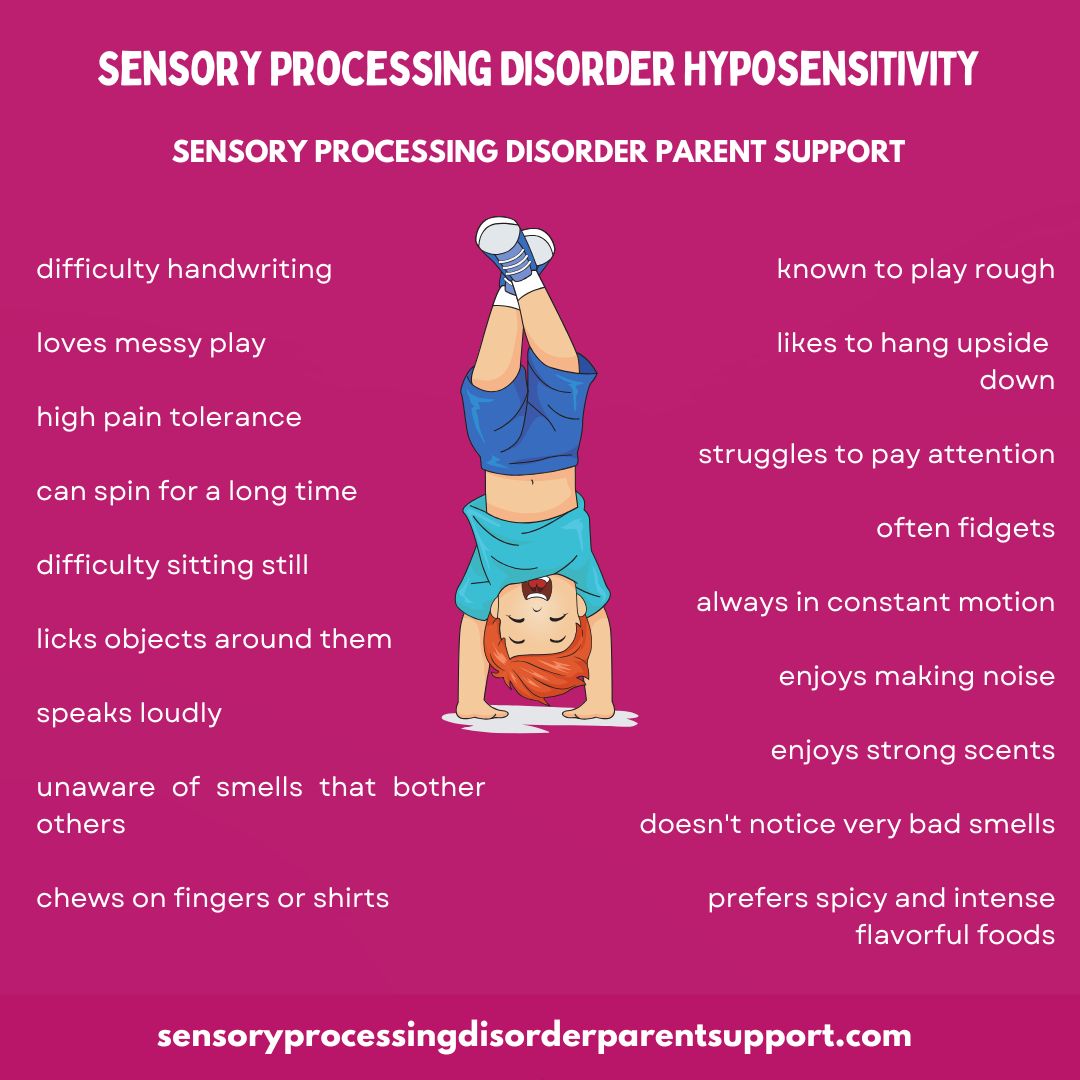
A Seeker loves movement, being rough and active, loves a stimulating environment, craves salty, spicy foods or extra chewy and crunchy foods, enjoys motion, crashes into walls or floors, loves running and jumping, needs to touch everything, cant sit still, and has poor attention span.
Seekers also climb too high, climbing on everything, crashes into people and everything, licks and chews on everything, eating too much, doesn't feel pain like most do, over stuff there mouths, dump out boxes full of stuff and look through everything, engages in messy play with play dough mud, shaving cream and they're loud with little volume control.
An avoider is the opposite as a seeker. T hey avoid. Picky eaters, covers ears from noise, wont wear shoes, avoids mess and messy hands, dislikes anyone too close to them, doesn't like climbing and swinging, refuses bath time and swimming activ ities including water, complains about smells, doesn't like to brush teeth, complains about normal lighting that its too bright, over responsive to pain and feel everything more than they should, doesn't like tags and seams on clothes and avoids hugs.
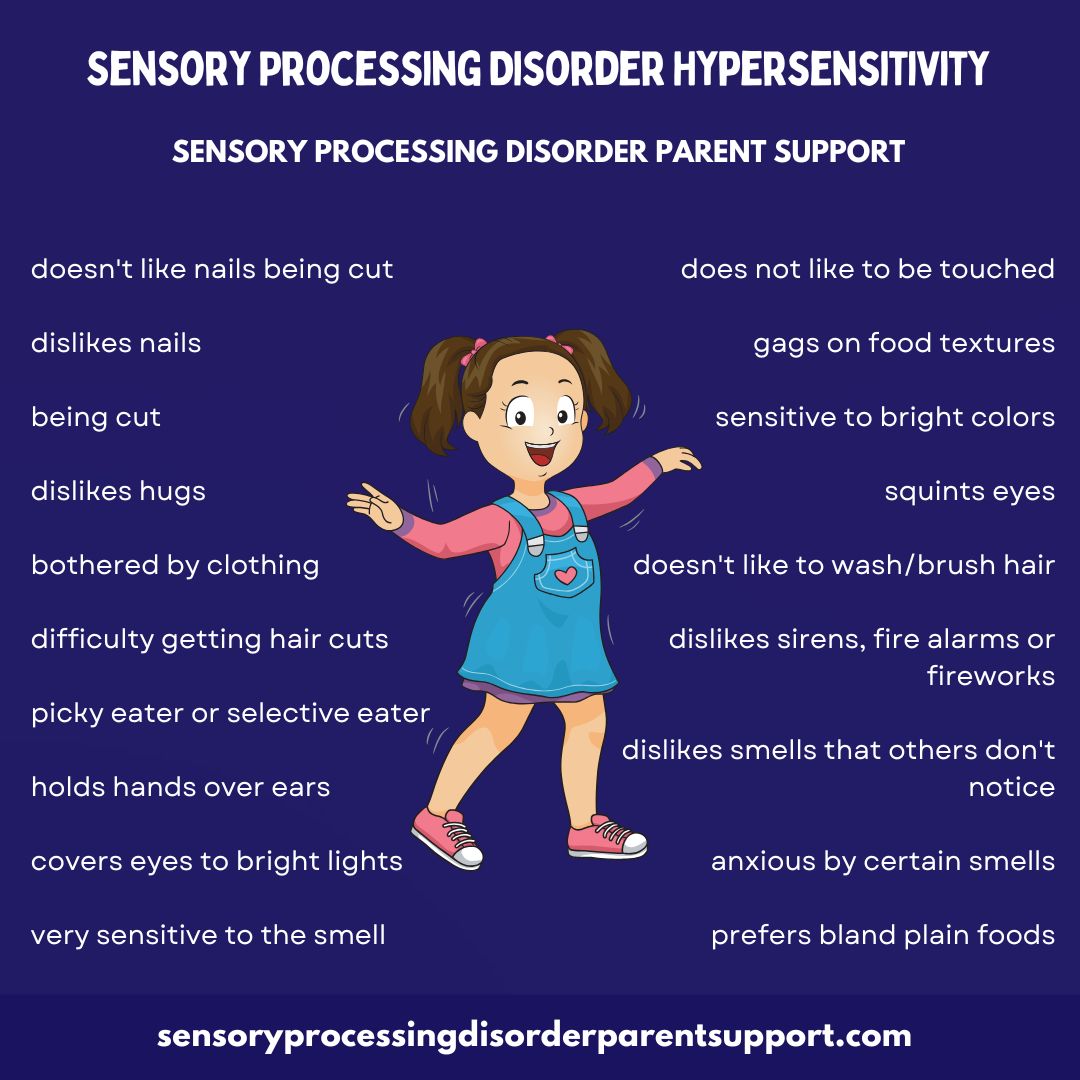
Sensory Processing Disorder Avoider (hypersensitive)
- covers ears from noise
- avoids messy play or messy hands
- dislikes anyone too close to them
- doesn't like climbing and swinging
- refuses bath time
- complains about smells
- struggles to brush their teeth
- feels pain more than most do
- walks on toes
- dislikes water on their face
- mentions lights are too bright
- doesn't like tags or seams on clothes
- avoids hugs and kisses
- struggles with food textures
Resources For Parents
Understood Sensory seeking and sensory avoiding: What you need to know
DISCLAIMER: I have learned a lot over the years but I am still learning. Always do your own research and exercise sound judgment. I am not an occupational therapist or a physician. I am an adult who has sensory processing disorder, a sensory parent and a Grandma. The information on this website is not medical advice and does not replace the information that your child's therapists or medical professionals give you. These are just ideas that I have learned myself over the years of being a parent and an adult living with SPD. If you are concerned for your child, please always seek medical attention through a family doctor, pediatrician or therapist. This website is for awareness purposes only. Each child is different and what works for one child may not for another because all children have different sensory needs. Please always consult with a medical professional. C lick on links throughout each page for more resources and information. Click here for more resources https://sensoryprocessingdisorderparentsupport.com/sensoryprocessingdisorderresources
Amazon offers a small commission on products sold through their affiliate links on my website. Each of your purchases through links on my website for Amazon affiliation links or sponsored links support me but no additional cost to you so thank you. I appreciate it so much! I am not responsible should you purchase anything from any links on this website.
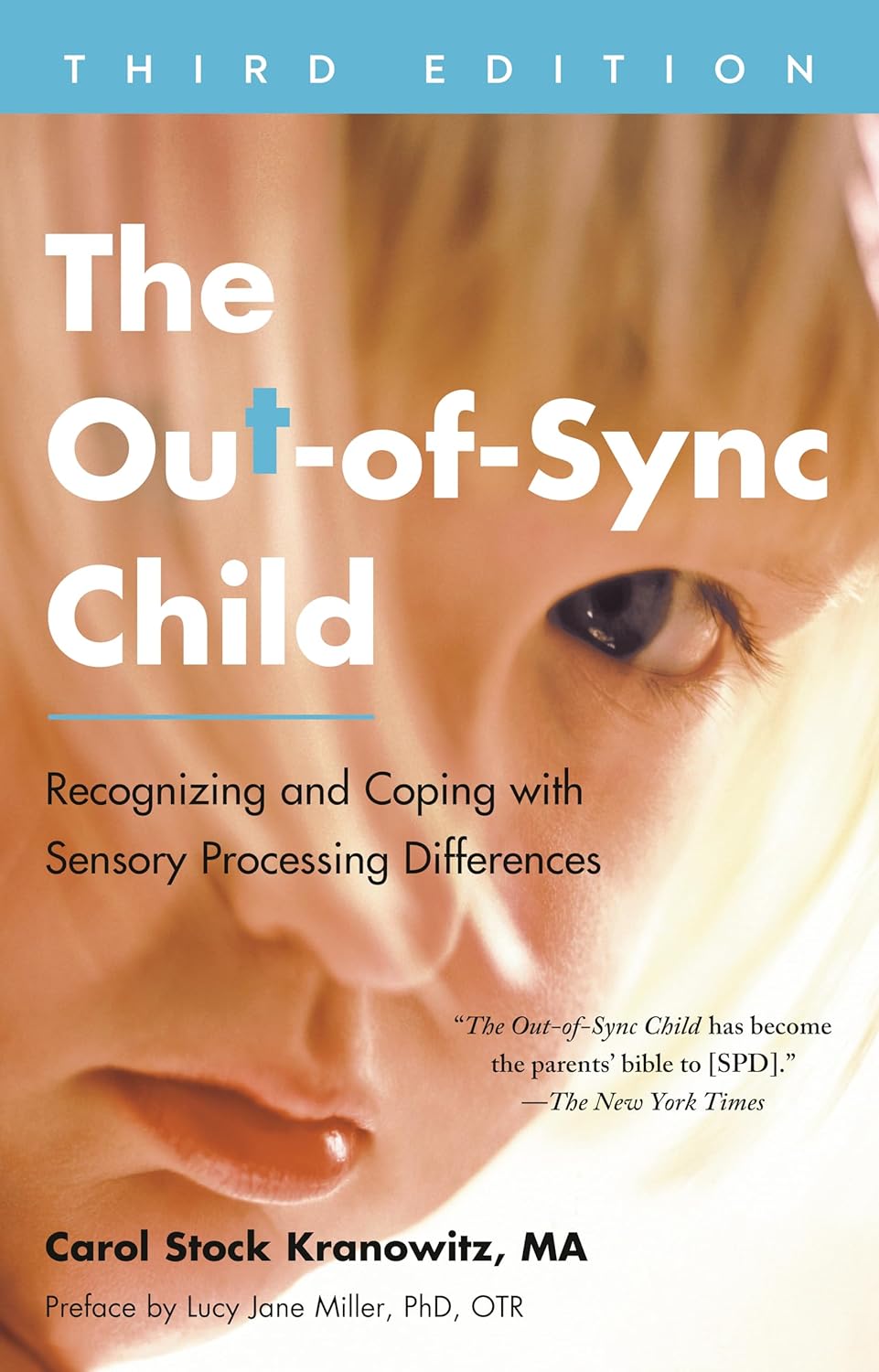
Amazon
The Out-of-Sync Child
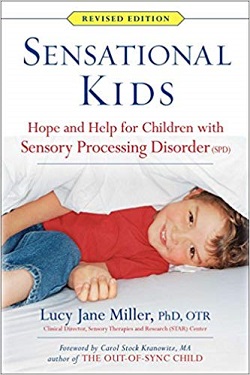
Amazon
Sensational Kids: Sensory Processing Disorder
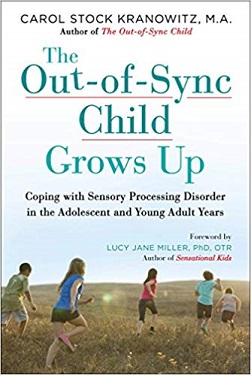
Amazon
The Out-of-Sync Child Grows Up
